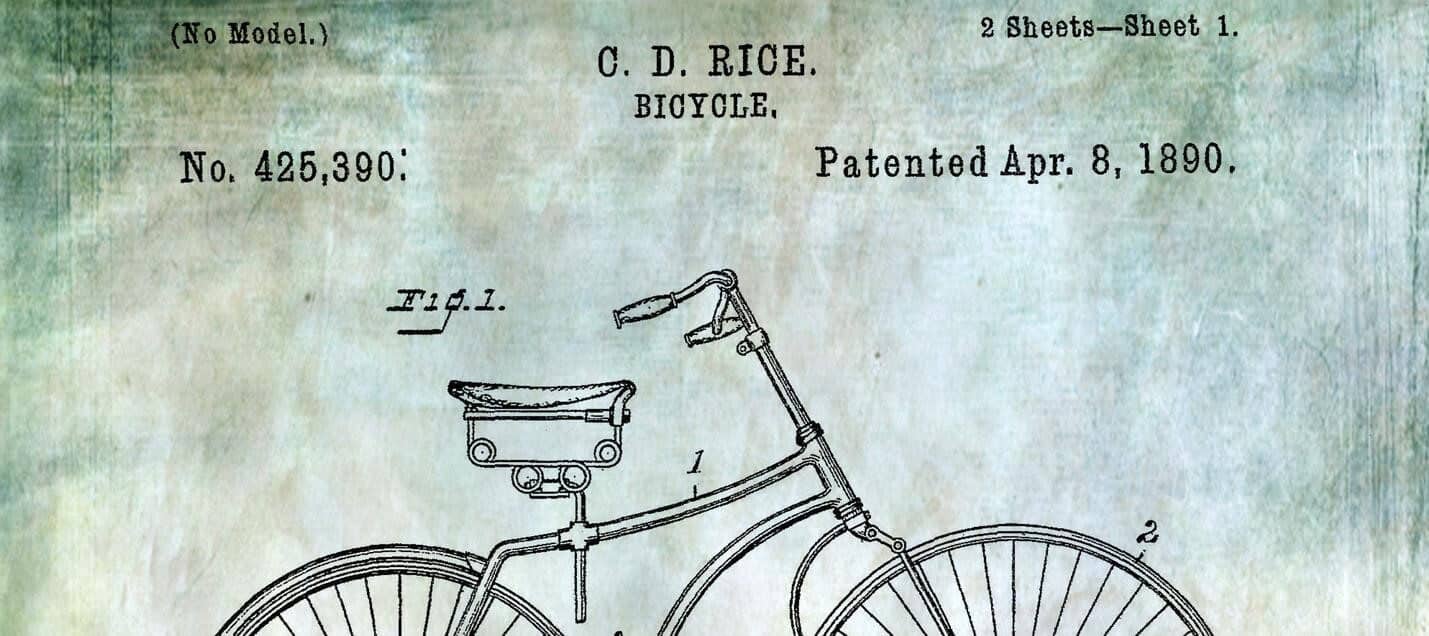In the realm of Intellectual Property (IP), particularly within the domain of patents, there’s a cornerstone that preserves the sanctity of true innovation: Prior Art. This concept, although perhaps esoteric to some, plays a crucial role in ensuring that the inventions we laud as groundbreaking are genuinely new and non-obvious.
What is Prior Art?
Prior art refers to any evidence that an invention is already known, whether through a patent application, an existing product in the market, or even a mere publication. At its core, prior art embodies everything that predates a patent application’s effective filing date. This includes issued patents, non-patent literature, and other publicly available disclosures in the relevant field of technology.
Why is Prior Art Significant?
Understanding prior art is vital for multiple reasons:
- Determining Novelty: Every patent application undergoes a rigorous examination process. A key facet of this is ascertaining an invention’s novelty. An invention lacks novelty if it can be found in the realm of prior art. By conducting a comprehensive prior art search, patent examiners and inventors ensure that a given invention is genuinely new.
- Assessing Non-obviousness: Beyond novelty, an invention must also be non-obvious. This means that for someone of ordinary skill in the relevant field, the invention should not be an evident next step based on existing knowledge or references.
- Legal Strength: Understanding and citing relevant prior art strengthens the legal position of patents. It can act as a defense in litigation scenarios and reduces the chances of a patent’s invalidation.
Delving Deep into the Prior Art Search Process
Navigating the vast expanse of previously established knowledge, particularly in the context of patents and innovations, requires meticulous effort and precision. The task at hand is not merely about searching through databases; it’s about comprehensively understanding the essence and nuances of prior art.
A rigorous search begins with recognized databases like the USPTO (United States Patent and Trademark Office) and EPO (European Patent Office). These repositories provide official records of patents, capturing both their technical specifications and innovative scopes. However, venturing beyond these databases is essential.
Academic journals, research publications, and technical papers from leading institutions often house valuable insights. These could be early-stage findings, experiments, or conceptual developments that may not have translated into patents but are pivotal pieces of information in the broader innovation landscape.
However, the intricacies of a prior art search aren’t limited to just content. Geographical and linguistic diversities introduce additional layers of complexity. Given that innovations emerge globally, patents filed in Japan, Germany, or Brazil, for instance, might offer insights or highlight potential overlaps. The multilingual nature of these documents necessitates accurate translations, ensuring no critical information is lost or misinterpreted.
The emphasis on such material in a comprehensive search is twofold:
- Precision and Thoroughness: Innovators and organizations investing heavily in research and development seek clarity. An exhaustive prior art search ensures that they’re treading on untrodden paths, allowing them to make informed decisions about resource allocation and strategic direction.
- Legal Safeguarding: Intellectual Property (IP) rights are fiercely protected. Inadvertent infringements can lead to intricate legal disputes, potentially derailing projects and incurring substantial costs. A meticulous prior art search minimizes these risks, providing an added layer of protection against potential IP conflicts.
Real-World Implications
Consider, for example, a startup working on revolutionary technology. Before pouring resources into research, development, and market penetration, it becomes pivotal to understand whether their idea is truly novel. Through prior art searching, they may uncover patents, publications, or existing products that align closely with their innovation. Such findings can guide and determine the trajectory of their research and even inspire new avenues of exploration.
On the flip side, without a thorough prior art search, they may tread the dangerous path of unintentional patent infringement claims, leading to expensive legal battles and potential setbacks.
The Dynamic Landscape of Prior Art
With the digital age’s advancement, the nature of what’s considered prior art is evolving. Traditional forms of reference, such as patent applications filed or issued patents, remain significant. However, the digital realm brings forth a plethora of resources, including forums, blogs, and even social media posts, where ideas and innovations are shared publicly. These may not always be in formalized forms, but they still contribute to the vast sea of prior art.
The Global Context of Prior Art
It’s essential to remember that the concept of prior art isn’t restricted to one’s own backyard. As the world of law and innovation becomes increasingly global, inventors need to be wary of patent applications and granted patents across many countries. What might be novel in one region could very well be old news in another.
Publication Timelines
While a patent search is almost always recommended, it is important to understand the USPTO generally publishes applications 12 to 18 months after an application is filed. This means that there will always be a certain amount of prior that is not accessible. While patent searches are a key element to limiting risk, no patent search is a guarantee of patentability or non-patentability.
Concluding Thoughts
In the grand tapestry of innovation, prior art serves as both a guide and a gatekeeper. It ensures that our brightest minds aren’t merely reinventing the wheel, but rather, building upon the vast knowledge that precedes them. As we move forward in this age of rapid technological evolution, the importance of prior art in patents will remain paramount in ensuring inventive originality and patentability.
Warning & Disclaimer: The pages, articles, and comments on michaelmeyerlaw.com do not constitute legal advice, nor do they create any attorney-client relationship. The articles published express the personal opinions and views of the author as of the time of publication.




